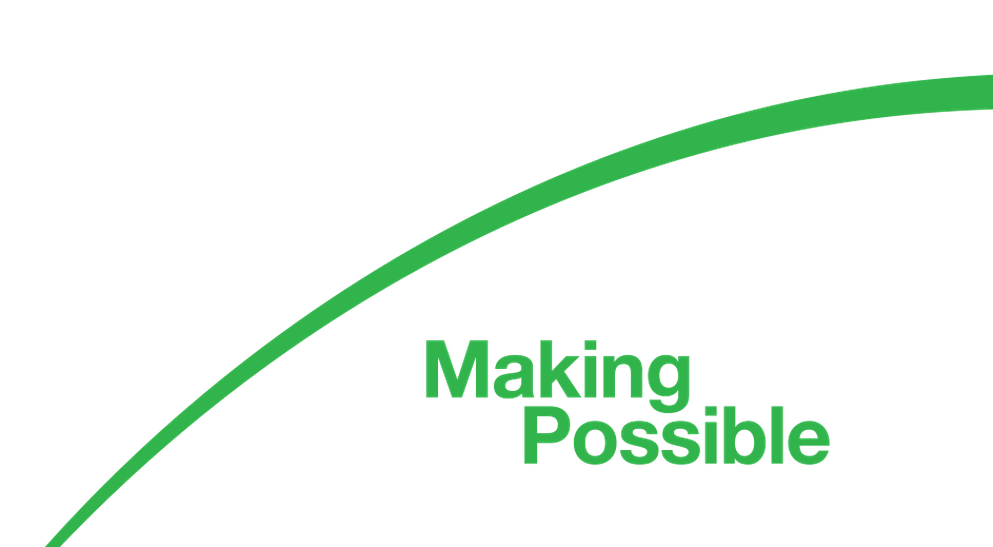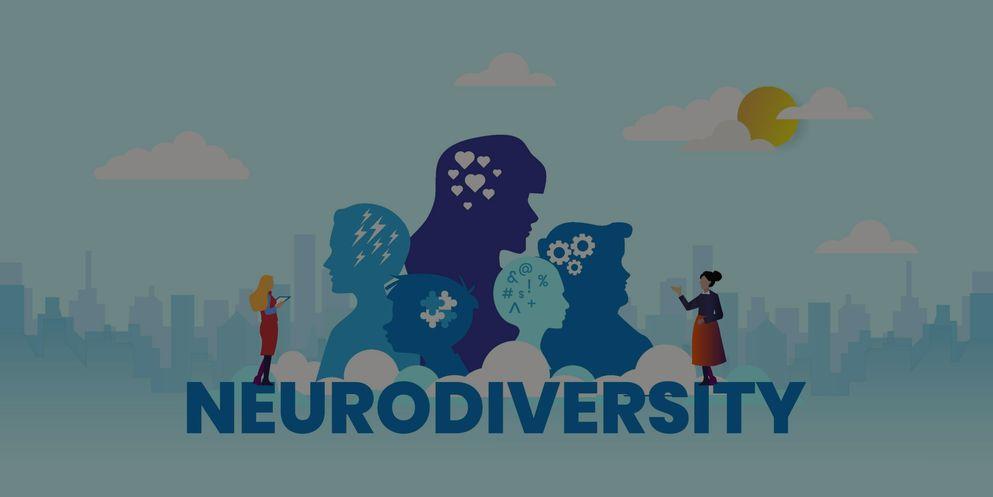
What if… a sustainable tomorrow is also an accessible tomorrow?
What if… a sustainable tomorrow is also an accessible tomorrow?
BAM’s Diversity & Inclusion specialist Alice Jennison shares her tips on how we all can create a more inclusive and accepting working environment for our colleagues with disabilities.
Until a recent event to mark International Day of People with Disabilities I didn’t realise that 1 in 4 of us will be affected by disability in our life time, and that number increases when we consider how many of our colleagues, friends or family members may need to care for someone who is affected. Disability can be temporary, permanent, visible, invisible, and hearing from our speakers helped me understand more about the different experiences people have.
At the event we heard from neurodiversity trainer and author, Lizzie Somerfield, about her experience of being diagnosed with ADHD and autism, realising the gifts that her condition grants her such as hyper-concentration and creativity, as well as more susceptibility to burn out.
Xan Koster, Advisor to the UN on the Convention of Disabilities, shared their experiences of the workplace as someone using a wheelchair. Xan spoke openly about how they value being asked what support or access they need to better manage their day.
Kim Sides, BAM’s Executive Director Construction, joined the conversation too. After recently completing an inclusive leadership training she shared her own journey in understanding how to create an more inclusive team environment and she also talked about the importance of embedding accessibility into design to better spaces.
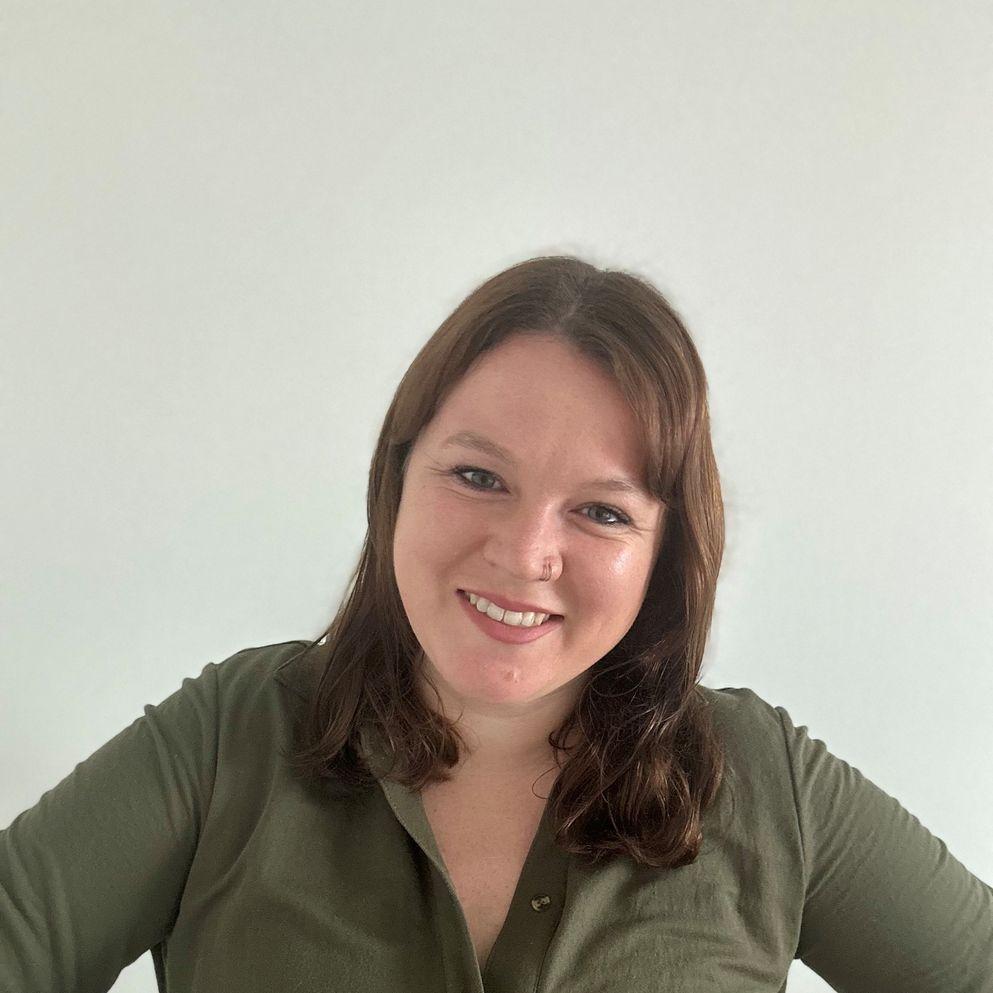
Lizzie Somerfield
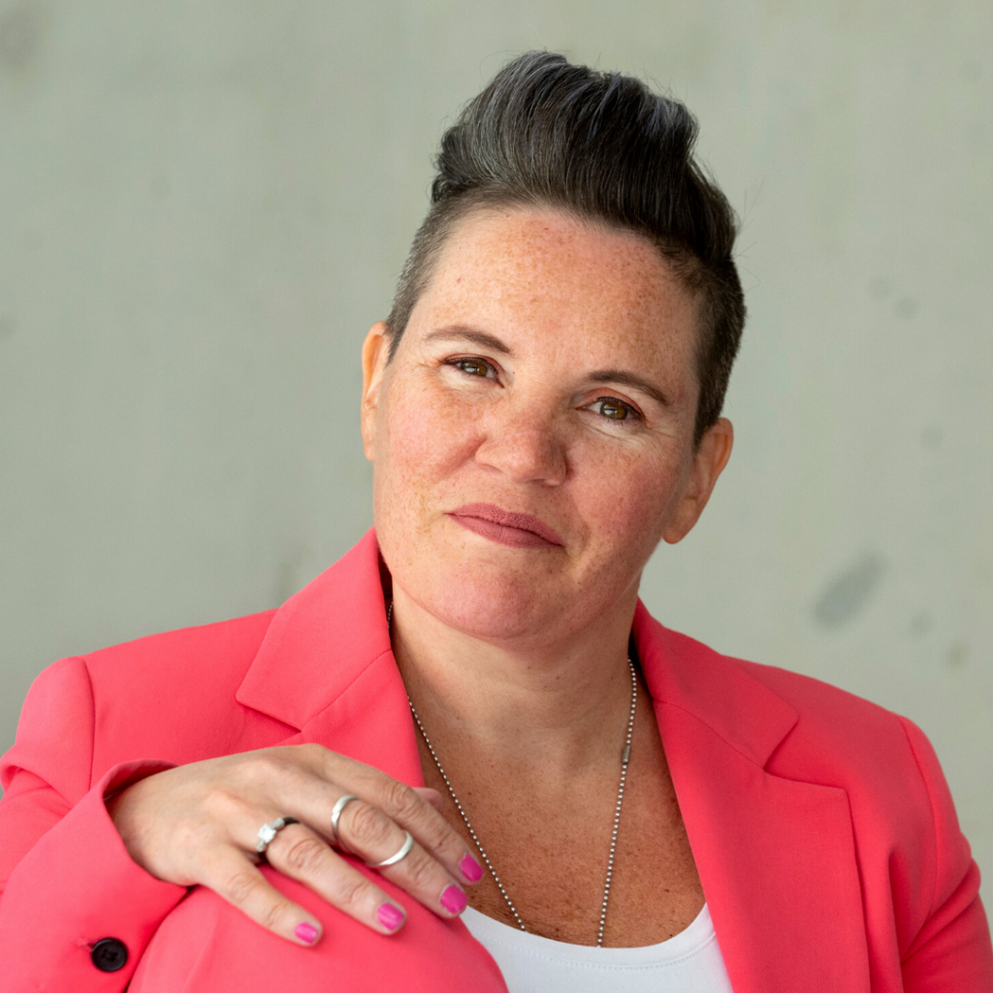
Xan Rond
I know many of us will want to do more in this space, and want to make sure we do it in a thoughtful and considerate way. Here are three tips I learnt from the session to be more inclusive for people with disabilities:
- Not everyone will want to share their disability – and that’s OK
Only 40% of people choose to share their disability with their manager. There is a still stigma about having a disability, and whilst this changes slowly, it’s important that we don’t ask for an ‘official’ diagnosis or medical term before asking how to support our teams.
- Normalise asking everyone ‘what do you need…’
Hosting an event? Onboarding a new team member? Starting a project? We all have different working styles and communication preferences. Get into the habit of regularly checking in with your colleagues to ask how they work best, or what support they need to do their role.
The GO Card, an employee-owned document produced to support disabled and neurodiverse colleagues in communicating any workplace reasonable adjustments that they might need offers a framework to do this.
- People with disabilities offer great skills and perspectives for our industry
As we build for a sustainable tomorrow, it is important to consider how the places, buildings and infrastructure we create is suited to a changing world and ageing population. Having people with disabilities in our teams means we can better anticipate the needs of those who will use the spaces BAM creates.
About the author
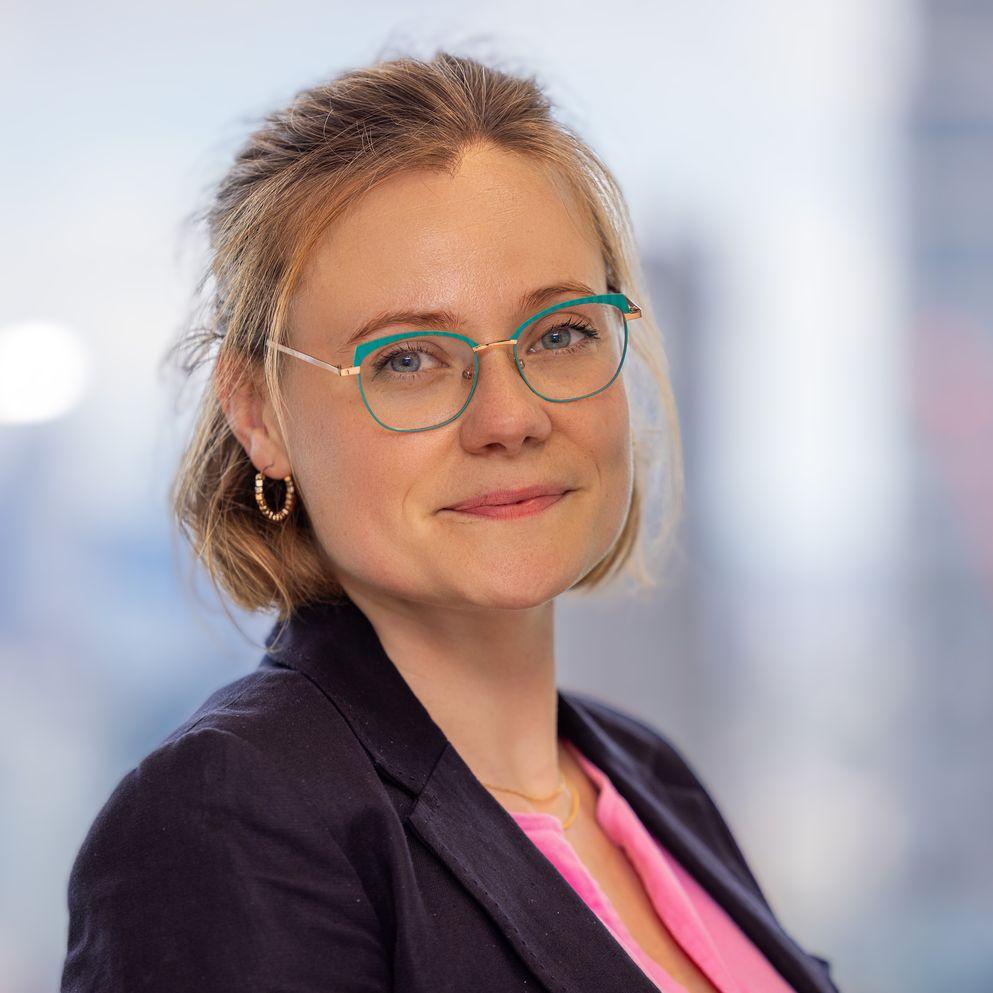
Alice Jennison
Diversity & Inclusion Specialist
Alice joined BAM in 2024 as Group Diversity and Inclusion Specialist.
Alice has worked within environmental sustainability, social value, culture change, and for 9 years in inclusion & diversity. Her vision is to create ‘better business as usual’, creating more accessible, fair and inclusive workplaces within Construction. She splits her time between the UK and Netherlands, collaborating with colleagues across the BAM group to bring this vision to life.
Outside of work, Alice enjoys swimming, Parkrun and spending time with her labradors.

